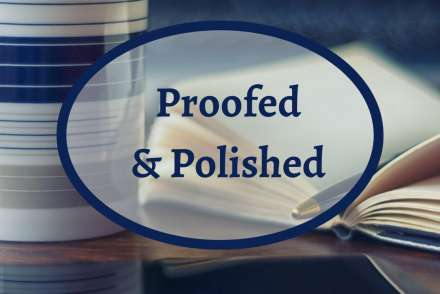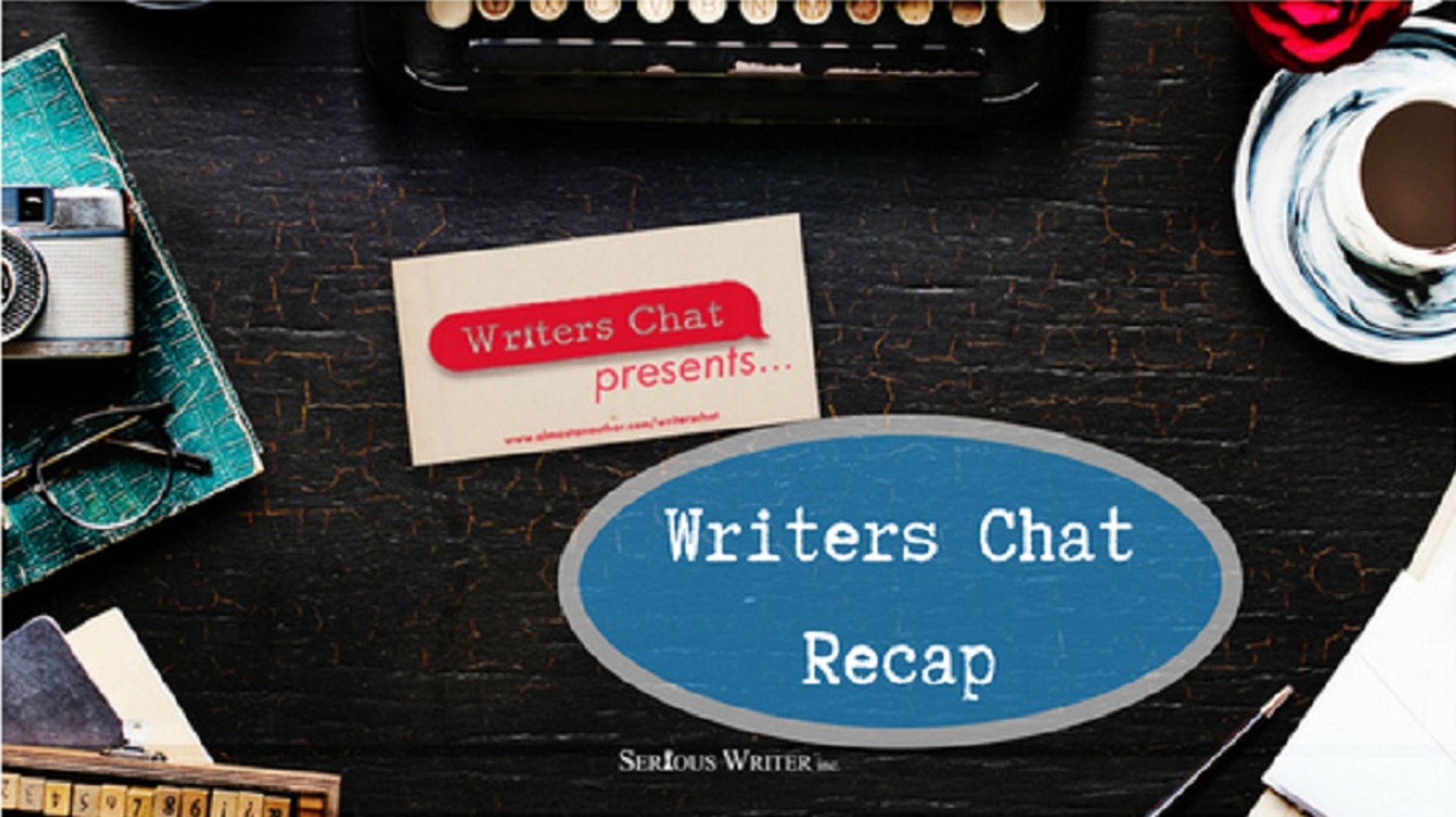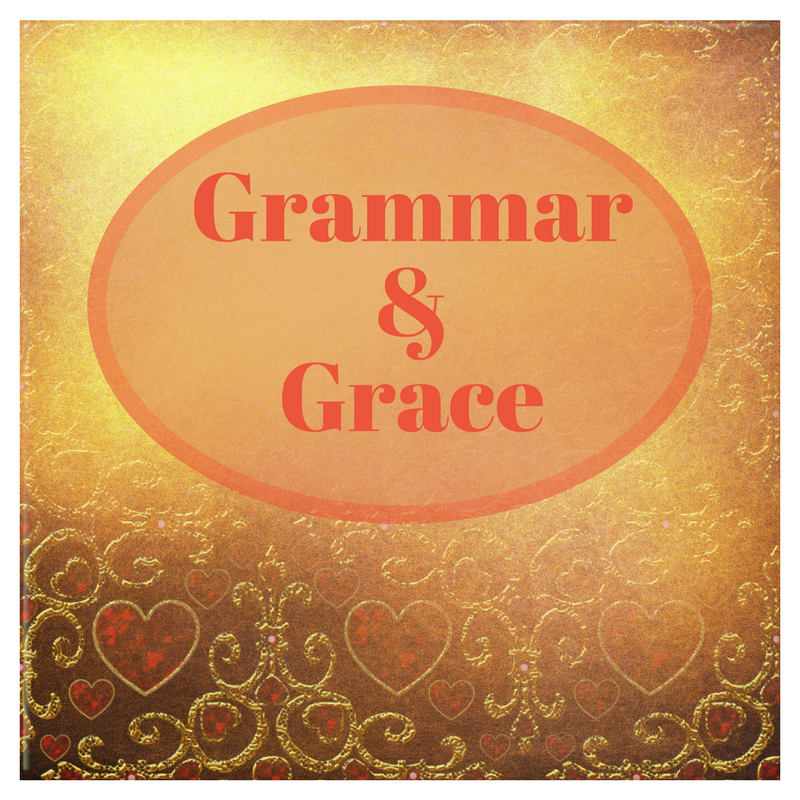
Writing Styles
So, you want to write an article but you don’t know where to start? To make it even more…
April 24, 2025
So, you want to write an article but you don’t know where to start? To make it even more…
April 24, 2025
As writers, many people choose the course of least resistance. It’s easy to leave the spelling and grammar…
October 26, 2024
Previously, we talked about the need to vary sentence structure to keep your writing from sounding repetitive. In that…
October 22, 2024
Do all of your sentences sound similar, or are you having difficulty transitioning from one scene to the next?…
August 22, 2024
“Your the best!” “Let’s go over their.” “The Smith’s” Are you cringing? I am. Welcome to my world. Am…
March 6, 2024
One thing I always tell budding writers, both in my classes at school and in my role as a…
June 6, 2022
What does the title of this article say? Reread it. Did your brain fill in the missing word automatically…
October 10, 2021
In elementary school, I distinctly remember doing numerous worksheets on the possessive -s. There would be a list of…
August 22, 2021
Each author has their own unique voice. Likely, you’ve spent a lot of time developing the tone and style…
February 10, 2021
Keeping Your Sentences Clear Example #1 “They had such a great time at the amusement park. First, my aunt…
January 10, 2021
Let’s Cut Ourselves Some Slack Adding a little flair to your writing with idioms can be confusing, but hang…
December 10, 2020
Do you want to become a successful writer? Be ready to work hard and keep your productivity high. Yep,…
November 28, 2020
Writers Chat, hosted by Jean Wise, Johnnie Alexander, and Bethany Jett, is the show where we talk about all…
December 31, 2019
Have you ever entered your work in a writing contest? These contests are organized by organizations like the American…
December 20, 2019
We’re toward the end of our self-editing blog post punctuation series, but it certainly is not the end of…
October 22, 2019
I spent the better part of yesterday evening, into the night, grading analysis essays. As I marked up the…
October 6, 2019
One of the joys (and frustrations) of the English language is how it ebbs, flows, and changes. Unlike dead…
September 14, 2019
Your not going to like what I say. You might feel like pulling you’re hair out. I am assuming…
September 6, 2019
In the world of grammar and punctuation, there are three types of dash (hyphen, en dash, and em dash).…
July 22, 2019
In the world of grammar and punctuation, there are three types of dash (hyphen, en dash, and em dash).…
June 22, 2019
Presentation is everything, especially when it comes to the publishing world. And your presentation of punctuation is crucial to…
May 22, 2019
Do you stay up at night wondering which one to choose–apart or a part? I don’t either, but when…
March 18, 2019
When meeting first time bloggers, I am often asked about hosting, web pages, and behind the scenes technical issues.…
January 24, 2019
Presentation is everything, especially when it comes to the publishing world. And your presentation of punctuation is crucial to…
January 22, 2019
Do you cringe when someone scratches her fingernails down a blackboard or clicks her teeth against a metal utensil?…
January 18, 2019